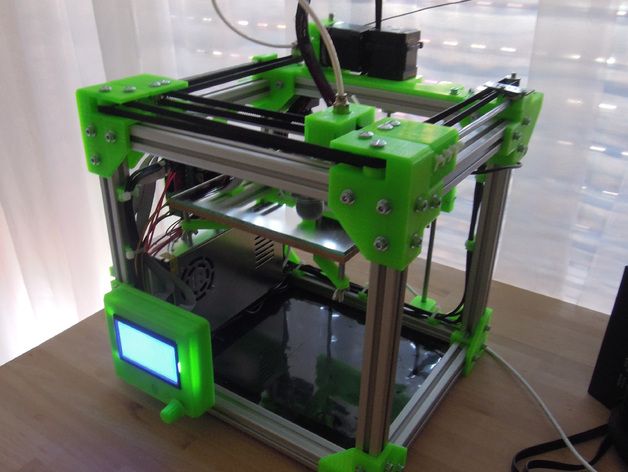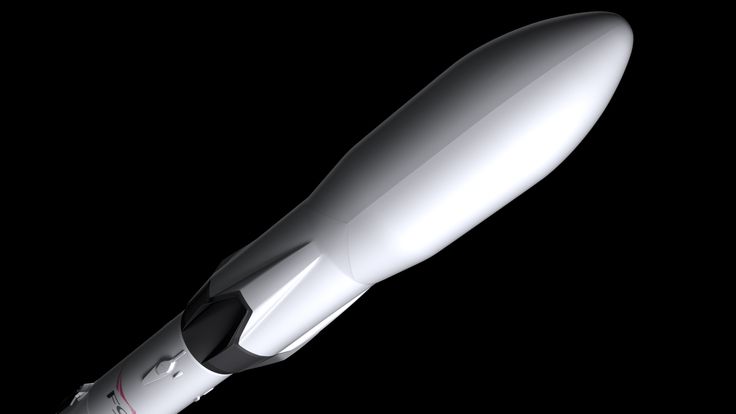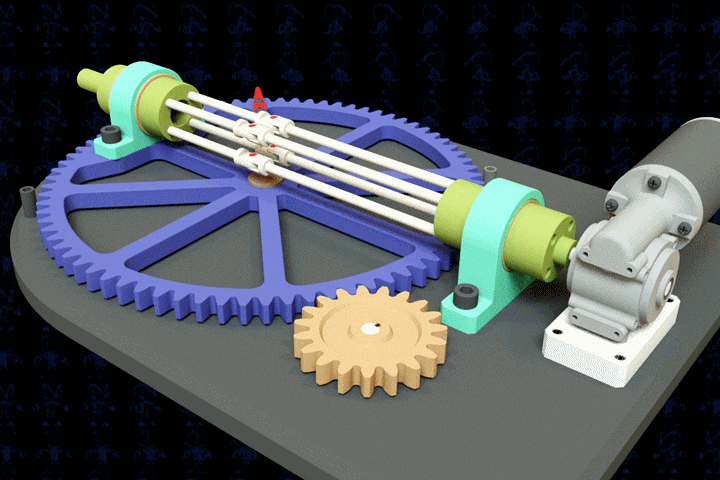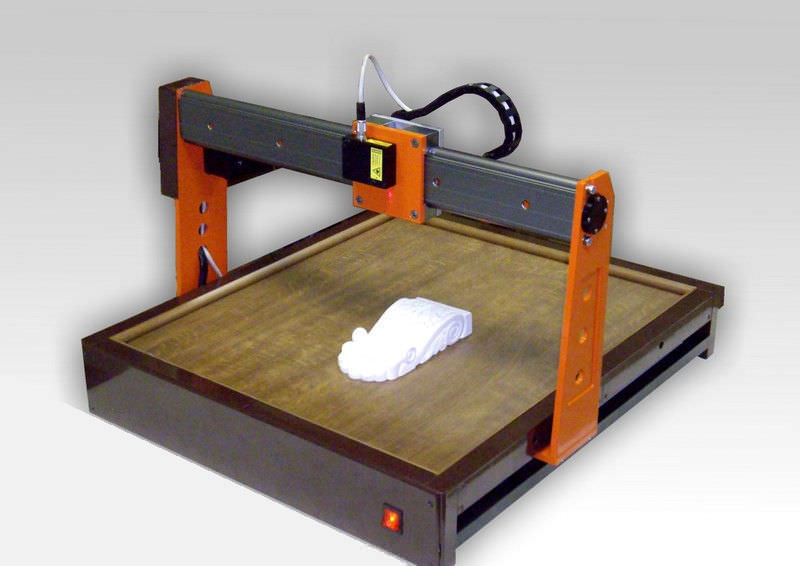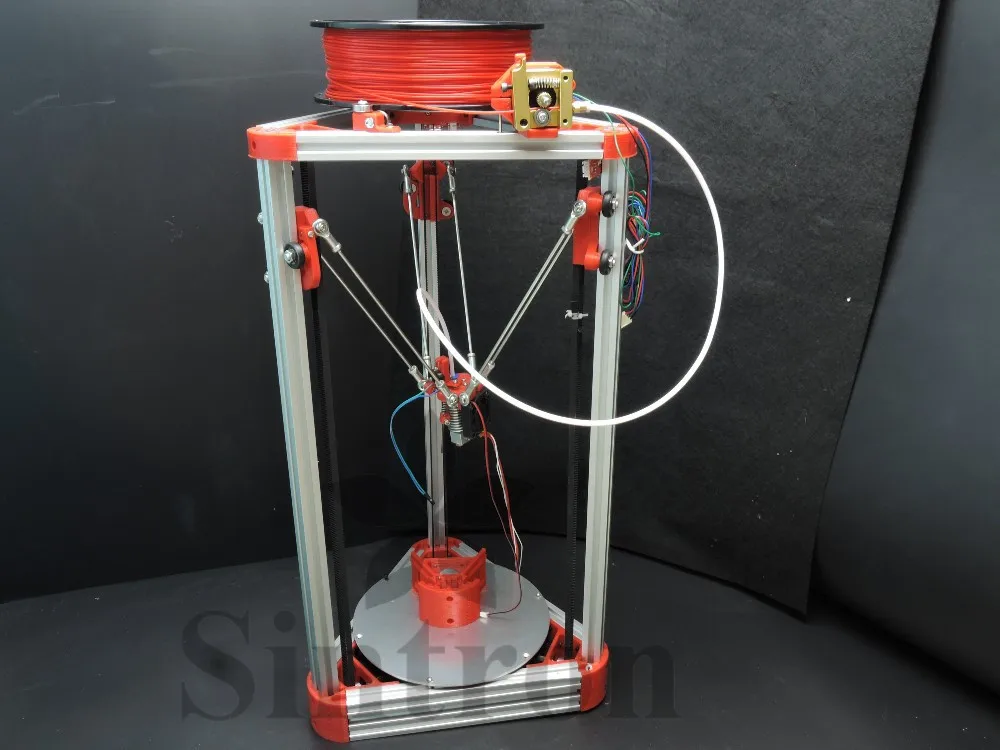3D printer jewelry designs
Guide to Jewelry 3D Printing
Two techniques have historically defined jewelry making: handcrafting and lost-wax casting. Both techniques require significant technical expertise, are highly time-intensive, and mistakes in the process can prove expensive.
But today, digital design and 3D printing are primed to disrupt these age-old practices in a major way. Supplementing traditional processes with digital techniques such as jewelry 3D printing brings new possibilities in design and production to jewelers, as well as exciting new customization options for customers.
White Paper
In this white paper, learn how to cast fine jewelry pieces from 3D printed patterns and how direct investment casting, or lost wax casting, works as a moldmaking technique.
Download the White Paper
3D printed jewelry production augments the principles of investment casting, or lost wax casting with the advantages of a digital design and manufacturing process.
With traditional lost-wax casting, jewelry designers hand-carve the original pattern in wax, place the wax pattern in a mold to be burned out, and then pour precious metals like gold or silver into the mold cavity to create the cast piece. To achieve its final appearance, designers polish and finish the cast piece to shine.
With the digital workflow, jewelers use CAD software tools for jewelry design to create the models digitally and a high-resolution 3D printer to produce the 3D printed jewelry patterns that can then be cast in a mold. After burnout of the positive pattern, the process follows the same path as traditional investment casting. Thanks to the digital techniques, the need for time-intensive manual labor is reduced and the design itself is easy to preserve, modify, and recreate when needed.
Sample part
Curious to see our materials firsthand? Click here and we'll ship you a free jewelry sample part printed on our 3D printer.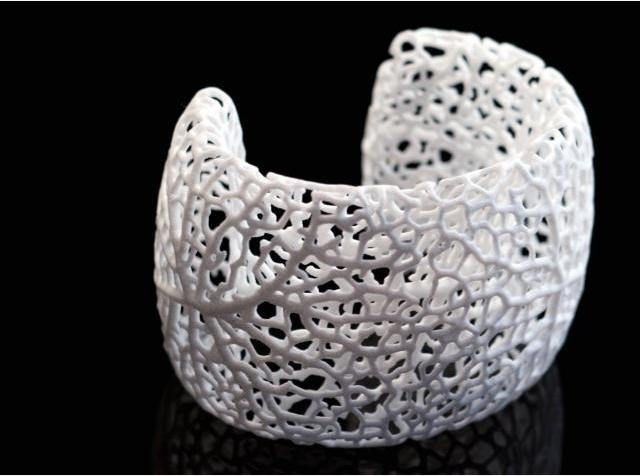
Request a Free Sample Part
Until now, the complexity of the design and production process made customized jewelry an expensive privilege. With digital tools, however, jewelers have already started offering personalized creations as part of their basic service or as a value add. If you go to a jeweler today and ask for an engagement ring, often you'll have the option to customize a unique design.
3D printed jewelry try-on pieces drastically shorten the feedback loop between designer and customer.
Jeweller and customer can discuss the design together, and an hour later, the customer can hold and try on a real, physical model of the ring. In jewelry retail, on-site digital design combined with the speed of 3D printing has drastically shortened the feedback loop between designer and customer.
Moving from design to production is easier and faster, as hand carving a precious one-off is no longer a requirement. The try-on pieces can be tailored based on the customer’s requests, 3D printed again, and then manufactured with lost-wax casting, which translates to a considerable reduction in the cost of making customized 3D printed jewelry.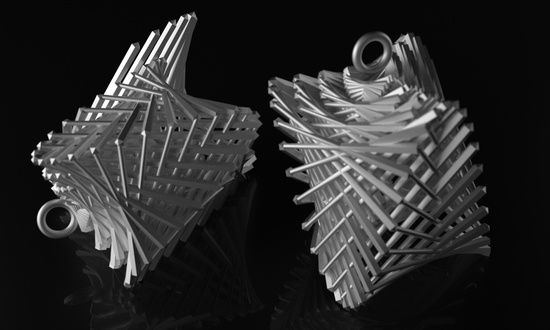
With 3D printing, jewelry designers are able to produce designs that would be incredibly difficult to hand carve in the traditional manner. Breakthroughs in castable resins are setting new standards for the quality available through an affordable desktop 3D printer.
3D printing jewelry patterns in Formlabs’ Castable Wax 40 Resin combines the smooth surface finish characteristic of stereolithography (SLA) 3D printing technology with precise print settings. Thanks to a precisely controlled laser, extraordinary design details—delicate filigrees, raised text, and detailed pavé stone settings—can be captured with amazing sharpness.
Stereolithography 3D printing can reproduce complex features that’d be difficult to hand carve.
With these long-established design restrictions now removed, we're seeing entirely new genres of design emerging from jewelers who digital capabilities in the US as well as in South Asia and Asia Pacific, and the Middle East.
Webinar
In this webinar, Patrick Diggins, our Jewelry Vertical Manager, will teach you how Castable Wax 40 can help you push the boundaries of design and production efficiency.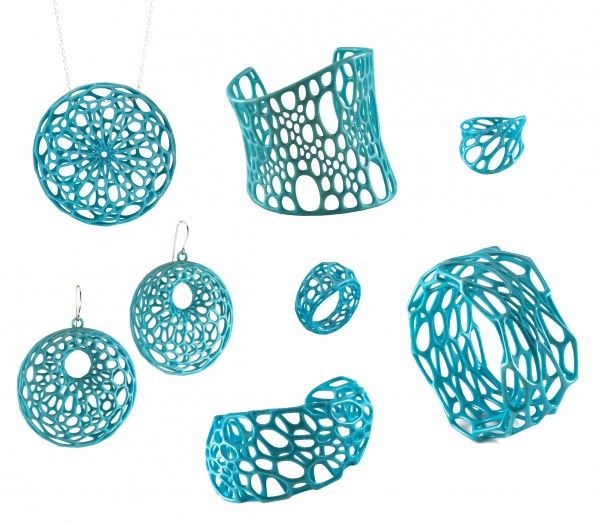
Watch the Webinar
Digital tools are not only making jewelry easier to customize, but also simpler to mass-produce designs.
Vulcanized rubber molds are used to produce wax patterns in quantity for lost-wax casting, but the “master” pattern is traditionally made from an investment cast, hand-carved wax pattern.
3D printers can produce master models that are used to form room temperature vulcanization (RTV) molds and even durable high temperature vulcanized rubber molds.
Directly 3D printed jewelry patterns can be used for room temperature vulcanization (RTV) and vulcanization of high temp natural rubber.
“With the quality that you can get with SLA 3D printing for printing these jewelry pieces, you can jump straight from the 3D printed part to a master mold,” said Formlabs' Jewelry Vertical Product Manager Amos Dudley. “The surface finish is already so smooth that it doesn't require very much finishing. You can use that as the rubber mold for creating the final wax parts that go into production.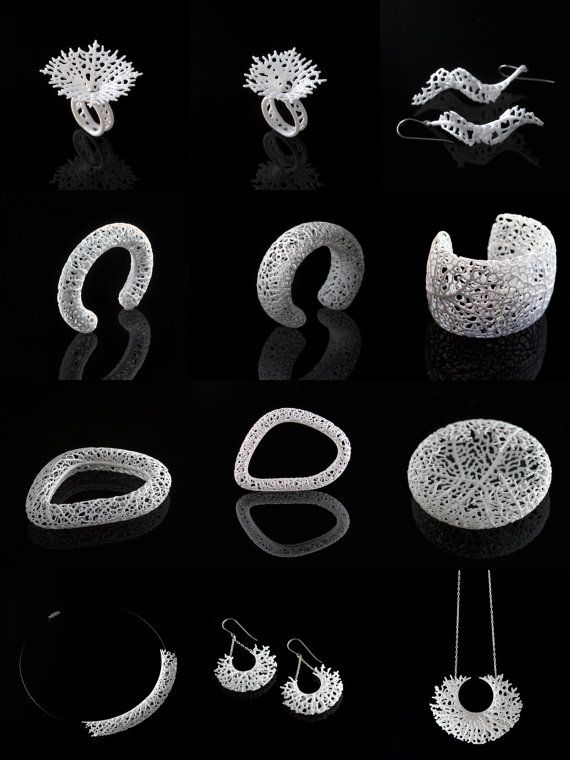 ”
”
White Paper
3D printing with high-performance materials allows designers and casters to leverage digital technology in their production processes. Read now to learn how 3D printing can be used in the production of small metal parts.
Download the White Paper
When new technology is finally made available to the public, it usually comes with a high price tag and a complicated interface, restricting it to users with deep pockets and technical savvy. Previous generations of jewelry 3D printers required both significant maintenance and a skilled operator in addition to thousands of dollars of investment that limited them to the largest jewelry manufacturers and casting houses. Nevertheless, Dudley notes, “3D printing has become much more affordable, offering unique opportunities to independent jewelry makers.”
The lower cost and higher-quality jewelry 3D printing technology have made the digital workflow a viable method of manufacturing.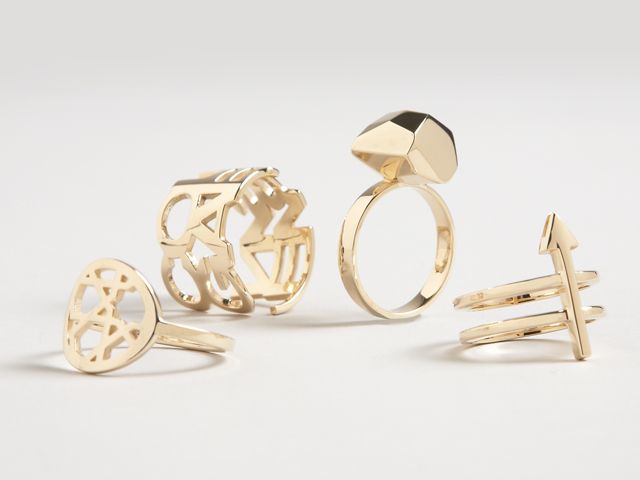 “In the coming years, we're going to see a growing trend in that segment, with smaller jewelers adopting these technologies and becoming less centralized,” Dudley said.
“In the coming years, we're going to see a growing trend in that segment, with smaller jewelers adopting these technologies and becoming less centralized,” Dudley said.
This shift to increasingly competitive independent jewelers will continue as the industry becomes more familiar with castable resin 3D printing. Historically jewelry 3D printing has been dominated by complex and expensive wax 3D printers. With affordable desktop jewelry 3D printers like the Form 3+, the technology is becoming available to more jewelers, especially smaller independent ones.
Interactive
Try our interactive ROI tool to see how much time and cost you can save when 3D printing on Formlabs 3D printers.
Calculate Your Savings
Owing to the formerly high cost of large-scale jewelry 3D printers and the perceived barrier-to-entry of digital jewelry design, 3D printed jewelry, despite its potential, currently represents a relatively small fraction of the market.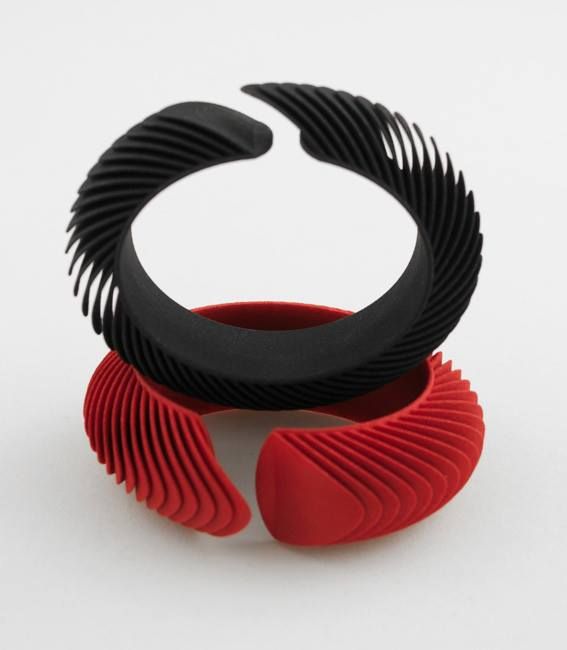
Nevertheless, with increasingly easy to use and accessible jewelry 3D printers, the digital workflows in the jewelry market are poised for growth. Desktop stereolithography 3D printers are an important component in this expansion.
High-resolution desktop 3D printers, like the Formlabs Form 3+, have made jewelry 3D printing accessible for independent designers as well as large casting houses.
“SLA resins have a reputation for being cheaper, but also less functional than wax. At Formlabs, we're looking to break that impression with products that are more foolproof and eliminate some of the extra work that’s still present in the jeweler's workflow,” Dudley said.
New, easy-to-use materials like Castable Wax 40 Resin are easing the learning curve, leading to greater adoption of the workflow and the subsequent expansion of the market.
3D printed jewelry is not just a matter of technology. The newer cohorts of jewelry designers entering the industry have started education with digital methods, including training on 3D printers, as opposed to the traditional ones.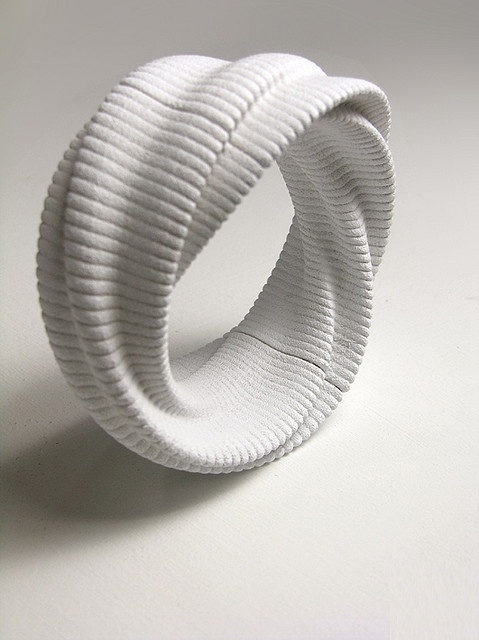
“They're going to be looking for the printer that really meets their needs,” Dudley said. “I think then we'll start to see more adoption as they take over from the currently embedded user base.”
3D printing in jewelry has a bright horizon. With the wider industry adoption of workflow techniques, the arrival of new generations of designers skilled in them, and the creation of new, more foolproof materials and hardware, we're seeing the stage set for a major positive disruption.
Request a Jewelry Sample Part
Top 3D Printed Jewelry on the Market
3D printing news News The Most Impressive 3D Printed Jewelry Designs on the Market
Published on April 2, 2022 by Jamie D.
Whether in jewelry or jewelry, additive manufacturing is a technique increasingly used by professionals in the sector because of its ability to design complex and unique parts, all more quickly. It is used in particular to produce molds used later for the lost wax casting; prototypes to allow better visualization of rings, necklaces, bracelets; but also finished parts directly integrated into a jewel.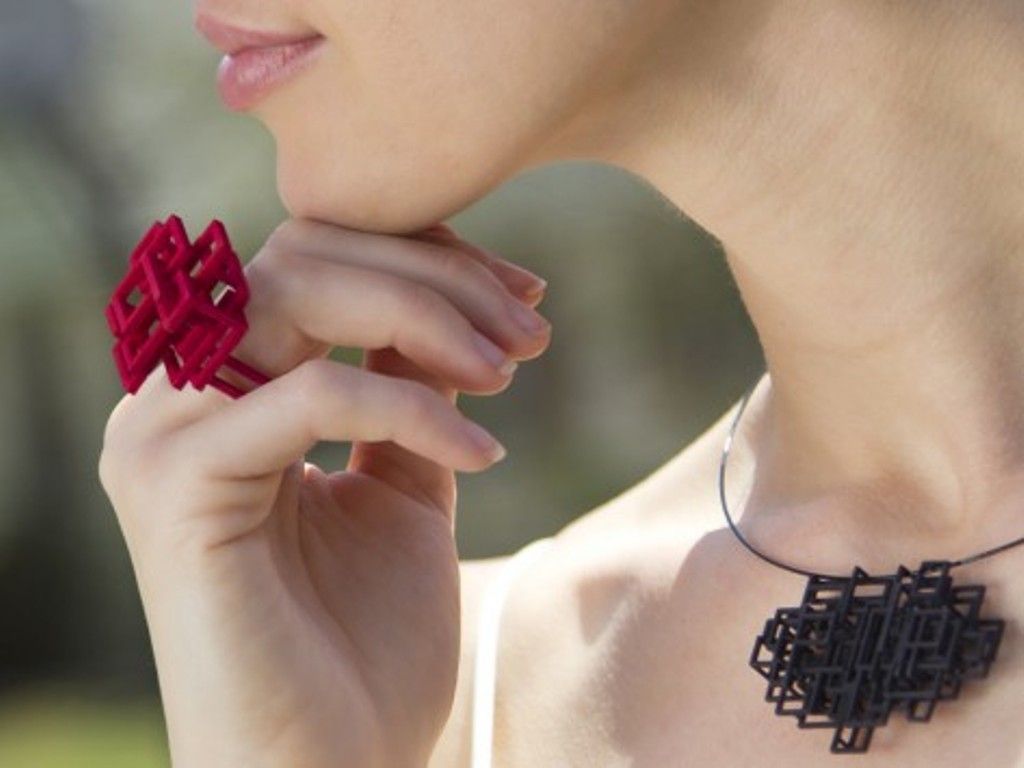 This variety of applications can be explained by the diversity of the printing processes used, but also the range of materials available. Stereolithography, for example, will be ideal for creating highly detailed prototypes; laser fusion, on the other hand, will allow us to work on finished metal parts, sometimes even precious metals. In order to understand all the possibilities of 3D technologies in this sector, here is a selection of 3D printed jewelry!
This variety of applications can be explained by the diversity of the printing processes used, but also the range of materials available. Stereolithography, for example, will be ideal for creating highly detailed prototypes; laser fusion, on the other hand, will allow us to work on finished metal parts, sometimes even precious metals. In order to understand all the possibilities of 3D technologies in this sector, here is a selection of 3D printed jewelry!
A Ring with 7,801 Diamonds
We start our selection with a project that broke a world record for the most diamonds in a ring: 7,801 at the time. Though what interests us most is not so much this astronomical number but more because additive manufacturing was involved in the development process of this unique jewel. The Indian service Imaginarium was behind the flower-shaped ring. It 3D printed a resin mold into which it cast the precious metal – in this case gold. So it’s not a 3D printed piece of jewelry per se, but without 3D printing, the ring would never have been this complex, the service noted that 3D printing was the only way to create a mold that could incorporate so many jewels. It is composed of 7 different sections – six flowers and the ring, with each flower layered on top of the other. The result? A ring with 7,801 diamonds that doesn’t go unnoticed!
It is composed of 7 different sections – six flowers and the ring, with each flower layered on top of the other. The result? A ring with 7,801 diamonds that doesn’t go unnoticed!
Rings with Complex Geometries
Invaerso uses 3D printing primarily for prototyping purposes and in 2020 was even awarded for its innovative solutions. Thanks to 3D printing, the Italian company is able to quickly test whether a product works and is able to determine whether it needs to be modified or not. In addition, in combination with traditional techniques, additive manufacturing can speed up production processes. Maria Clelia Scuteri, the designer behind Invaerso, also says that 3D printing makes it possible to design rings and other types of jewelry with complex geometries.
Photo Credits: Invaerso
The Benefits of 3D Printing and Nylon According to Caroline Auraix
In France, too, the jewelry industry is using additive manufacturing to improve production processes. Parisian artist Caroline Auraix uses 3D technologies to meet the time constraints imposed by the industry.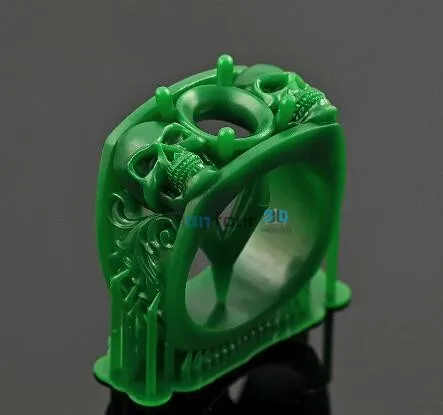 The jeweler works mainly with Rhinoceros 3D software, although she confides that she also uses free modeling software, allowing her to give her models “modeling clay” effects. As for the printing process used, Caroline Auraix explains that selective laser sintering, also known as SLS, is the technology best suited to her needs. The majority of these parts are made from nylon, because when this material is applied in a very thin layer, it allows light to pass through, which offers a luminous effect. In addition, its strength and lightness make it an ideal material for jewelry.
The jeweler works mainly with Rhinoceros 3D software, although she confides that she also uses free modeling software, allowing her to give her models “modeling clay” effects. As for the printing process used, Caroline Auraix explains that selective laser sintering, also known as SLS, is the technology best suited to her needs. The majority of these parts are made from nylon, because when this material is applied in a very thin layer, it allows light to pass through, which offers a luminous effect. In addition, its strength and lightness make it an ideal material for jewelry.
A brooch designed with 3D technologies. (photo credits: Caroline Auraix)
RADIAN Uses 3D Printing for Sustainable Jewelry
Next on the list has to be Berlin based label RADIAN who are known for their 3D printed, sustainable jewelry and home goods. According to the company, they wish to give jewelry that is straight forward with a twist, with artistic pieces that are intricate, edgy and organic. This is possible using 3D printing, notably SLS and binder jetting.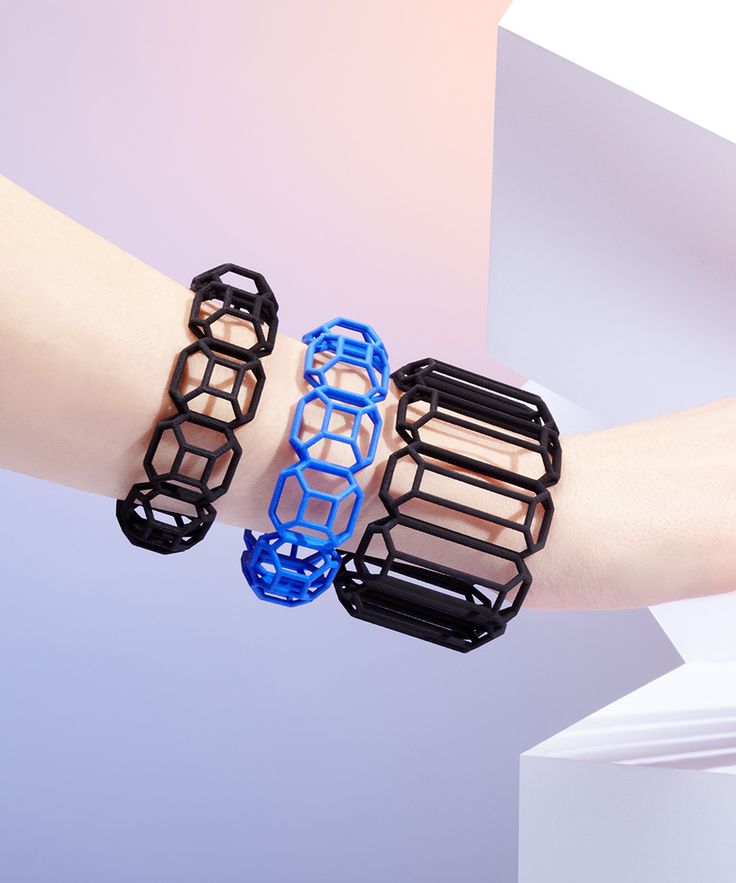 They have three collections that interested buyers can choose from including the Solitaire collection which puts a focus on geometric and angular struts, the Cubetwist collection which as the name suggests combines a strong cubic pattern with bends and twists, and Nefertiti which is the company’s answer for what Ancient Egyptians would make using 21st century production methods. RADIAN points to 3D printing as a key factor in how they make their jewelry sustainable thanks to its ability to make products locally and to reduce waste.
They have three collections that interested buyers can choose from including the Solitaire collection which puts a focus on geometric and angular struts, the Cubetwist collection which as the name suggests combines a strong cubic pattern with bends and twists, and Nefertiti which is the company’s answer for what Ancient Egyptians would make using 21st century production methods. RADIAN points to 3D printing as a key factor in how they make their jewelry sustainable thanks to its ability to make products locally and to reduce waste.
The Solitaire Ring from RADIAN’s collection (photo credits: RADIAN)
Elements Lab Offers Unique Jewelry
Based in Taiwan, ElementsLab is a 3D printing service offering the ability to design custom jewelry. Founded by Ting Tang, the company is able to create silver and metal alloy parts, and mass-produce them. Compared to traditional metalworking, additive manufacturing allows for more complex designs to be created faster and more efficiently.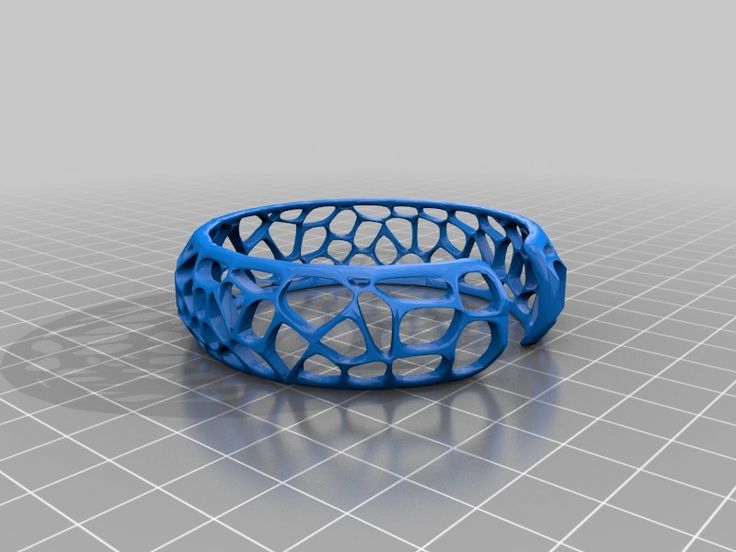 ElementsLab offers customers the opportunity to realize their ideas and design custom parts. Although they are only prototypes, 3D printed items must meet durability standards and have certain mechanical features. Thus, each piece of jewelry has a unique touch and meaning.
ElementsLab offers customers the opportunity to realize their ideas and design custom parts. Although they are only prototypes, 3D printed items must meet durability standards and have certain mechanical features. Thus, each piece of jewelry has a unique touch and meaning.
Photo Credits: Elements Lab
3D Printed Optical Jewelry from F-elia
F-elia is a young French company making ‘optical jewelry’ thanks to 3D printing, giving them an original design. The frame combines both aesthetics, with complex and unique shapes, but also functionality. To achieve such a result, F-elia uses SLS technology and, as far as materials are concerned, it relies on polyamide, especially as it offers strength, flexibility and a smooth surface after the post-processing stages. Today, the company has diversified and offers accessories such as magnifying glasses and eyeglass necklaces in addition to its glasses.
F-elia places an emphasis on originality with its 3D printed glasses (photo credits: F-elia)
Nuovi Gioielli, Combining Traditional Know-How with Innovation
Founded in 1985, Nuovi Gioelli offers jewelry that combines traditional craftsmanship and innovation.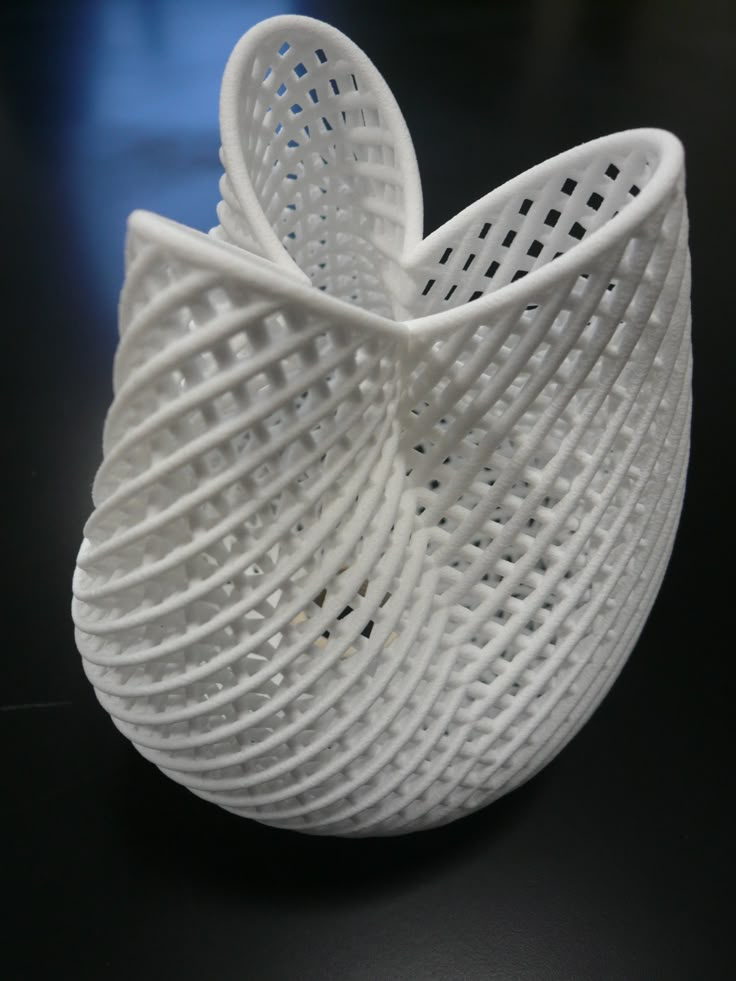 In order to make its unique jewelry, Nuovi Gioielli uses different production processes, among which we find 3D metal printing. The company uses different metals, although the most common are steel and bronze, and aims to successfully 3D print gold and platinum. Like other companies in the industry using 3D technologies, the company praises the benefits of the technology in jewelry, especially in terms of design freedom. By combining new technologies with traditional methods, Nuovi Gioielli creates unique pieces and leaves no limits to its creativity.
In order to make its unique jewelry, Nuovi Gioielli uses different production processes, among which we find 3D metal printing. The company uses different metals, although the most common are steel and bronze, and aims to successfully 3D print gold and platinum. Like other companies in the industry using 3D technologies, the company praises the benefits of the technology in jewelry, especially in terms of design freedom. By combining new technologies with traditional methods, Nuovi Gioielli creates unique pieces and leaves no limits to its creativity.
Photo Credits: Nuovi Gioielli
Nervous System
Nervous System is an American design studio specializing in the creation of complex 3D printed objects. In order to make bracelets, necklaces and other types of jewelry, the company takes inspiration from natural phenomena and uses computer simulations to model them. Once the 3D file is ready, it is 3D printed and offered to customers. And with this method, Nervous System doesn’t just produce jewelry.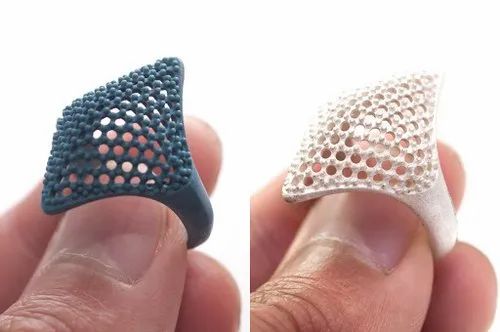 The company also designs cups and vases, lamps and other sculptures.
The company also designs cups and vases, lamps and other sculptures.
Photo Credits: Nervous System
Endswell Jewelry
Rachel Gant and Andrew Deming, the designers behind Endswell Jewelry, have teamed up to use 3D printing in their solid gold rings. Their work focuses on beautiful, yet minimal, pieces that offer an alternative to traditional wedding rings. The designers came up with the design since they are an unmarried couple, and use 3D printing to create their precise designs.
Diana Law’s 3D printed Jewelry
Diana Law is a fashion and jewelry designer who studied in France before discovering 3D printing. 3D printing allowed Diana to create the stunning jewelry designs she wished to create, leading to her newly released collection. Her collections are made of plastics and stainless steel. The plastic jewelry is created using selective laser sintering, allowing her to create extremely fine layers of nylon. Inspired by life around her, Diana also prefers 3D printing due to the environmental benefits.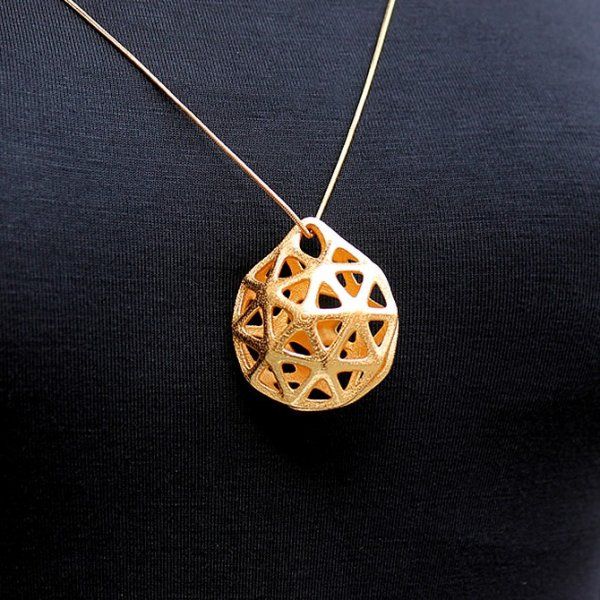
Ross Lovegrove
Designer Ross Lovegrove has developed a collection of 3D printed jewelry rings called Foliates. The collection of 6 rings are made of 18K gold, and are each made in an edition of 10 rings. These stunning rings are made with direct metal laser sintering in addition to combining 3D printing with wax casting.
The 3D Printed Pen from Pjotr
Not quite a piece of jewelry, but a stunning 3D printed accessory made of expensive material nonetheless, Pjotr have unveiled a solid 18K gold 3D printed pen. The pen, designed by Rein van der Mast, is named Spica Virginis. The first version of this 3D printed pen was a titanium version, which was still very luxurious. However, this solid gold variant is a new level of luxury. The pen is available for just €14,320, bargain?
What do you think of this 3D printed jewelry? Let us know in a comment below or on our Linkedin, Facebook, and Twitter pages! Don’t forget to sign up for our free weekly Newsletter here, the latest 3D printing news straight to your inbox! You can also find all our videos on our YouTube channel.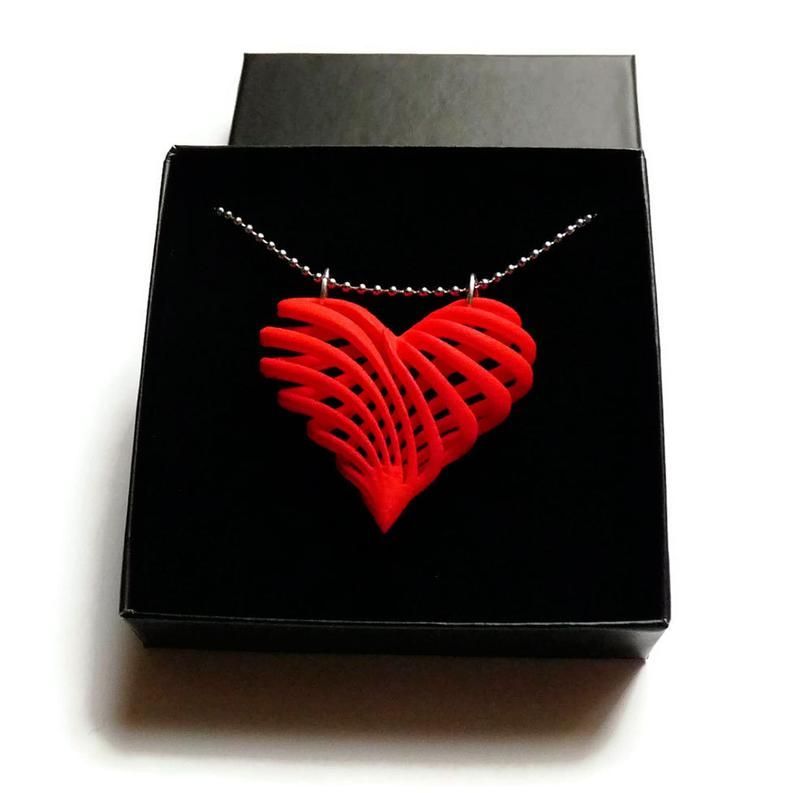
3D printed jewelry - ideas
The technology of photopolymer 3D printing is rapidly improving and is increasingly being used in the jewelry industry. 3D printing in jewelry is no longer a rumor, but an established reality. Rings, bracelets, brooches, earrings of the most unusual shapes can be printed on a “magic” 3D printer and then cast from metal.
All you need to do is select a 3D printable file online or create your own 3D model using a CAD jewelry design software such as 3Design, MatrixGold, etc. The file is then "cut" into layers in a special slicer program, appropriate settings are selected on the 3D printer and printing is started.
You can read more about the technology, comparing it with traditional manufacturing methods, and application examples on our blog in the Jewelry Making section.
Examples of unique jewelry that can be created with resin 3D printing:
3D printed skull ring
Skull rings are a common fashion accessory. They are worn by both men and women, regardless of style and occupation. The symbol of the skull, as the infinity of life and wisdom of the ancestors, is one of the most common and ancient in the history of mankind. Traditional jewelry making methods require long and painstaking processing of small and intricate details of the ring. A 3D printer will print it out for you, like Phrozen Sonic Mini 4K or Phrozen Sonic Mini 8K.
They are worn by both men and women, regardless of style and occupation. The symbol of the skull, as the infinity of life and wisdom of the ancestors, is one of the most common and ancient in the history of mankind. Traditional jewelry making methods require long and painstaking processing of small and intricate details of the ring. A 3D printer will print it out for you, like Phrozen Sonic Mini 4K or Phrozen Sonic Mini 8K.
3D printed flower ring
A flower ring is something that almost every girl wants to have in her collection. For many of them, this is a must-have accessory. Flowers come in different sizes and styles, small and large, thin and graceful, or, conversely, massive.
For 3D printing, you can use model or burnout resin. According to the burnt-out model, in the future, you can cast a metal decoration. The range of resins is very large, there are high resolution 4K and 8K resins for creating highly detailed models. Models shown are in Phrozen Wax-like Castable Violet.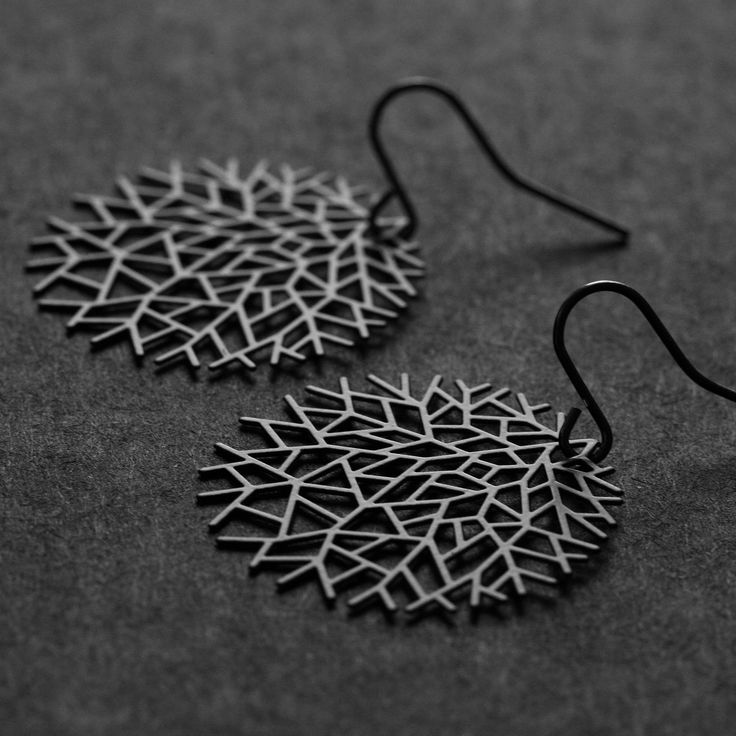
3D printed anchor
Anchor pendant is an incredible piece of jewelry inspired by the sea. It has a special meaning for people close to the sea. The anchor is a symbol of hope, stability and confidence in the future. It is associated with a ship that has landed on its native shore.
3D printed tiger pendant
According to Chinese astrology, this year is the Year of the Tiger! This means that people all over the world will wear tiger-themed jewelry.
3D printed bouquet brooch
A brooch-bouquet is another fashionable decoration. Just look how delicate this brooch is. 3D printing did an excellent job with her intricate details.
Conclusion
With 3D printing, you can create an unlimited number of designer jewelry. You can create a one-of-a-kind unique decoration. The detail is amazing. At the same time, jewelry 3D printing definitely increases the production capacity of the enterprise.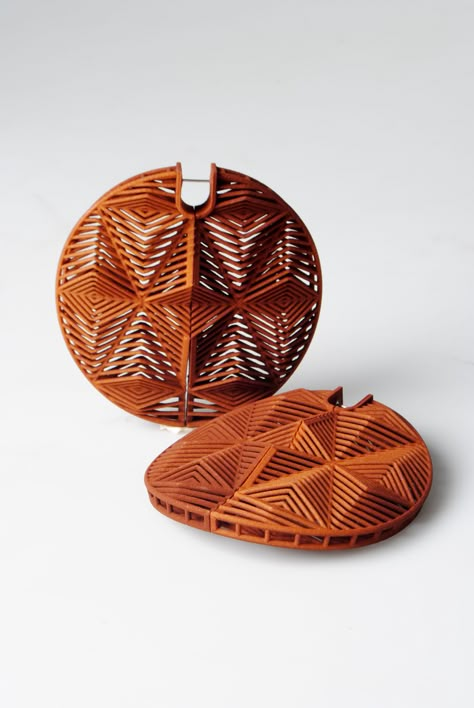 Many modern manufacturers are using resin 3D printing technology as a way to save time and money in the long run.
Many modern manufacturers are using resin 3D printing technology as a way to save time and money in the long run.
Jewelery - 3D printing of master models for direct casting
3D modeling and printing technologies have made a real revolution in the jewelry industry. The fact is that in this area a lot depends not only on talent, but also on the precise work of the hands. And this work is truly "jewelry". It requires a lot of attention, concentration and time, it is also difficult to eliminate human errors (jewelry).
3D printing has improved the process of making jewelry and souvenirs. Products are fully modeled on a computer, and then sent to print in a 3D printer. And neither hand can compare with this tandem in terms of accuracy and perfection. It is possible to create even the most complex products in terms of geometry and execution, including completely miniature ones. With the use of printing, the manufacture of jewelry can be carried out by two methods.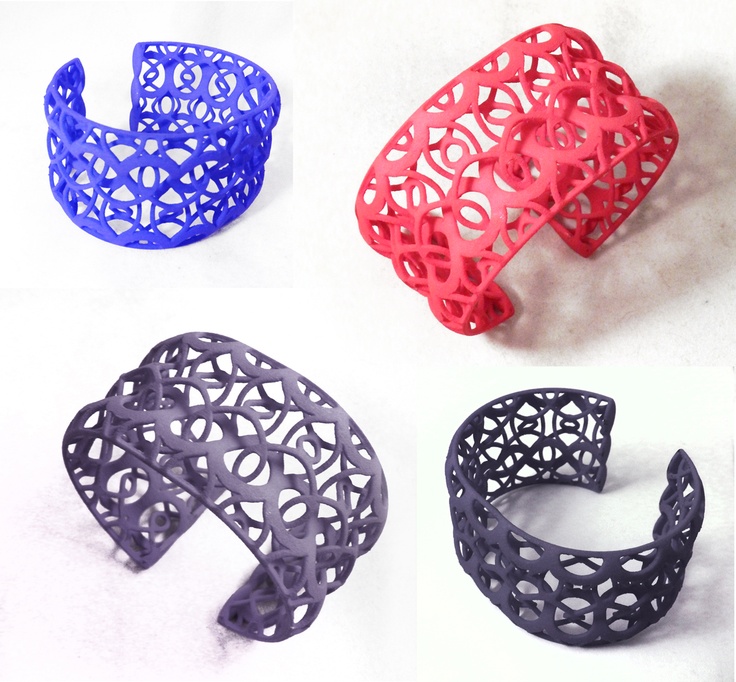 The choice depends on which batch of products you need. Various approaches are used to reduce the cost of one product.
The choice depends on which batch of products you need. Various approaches are used to reduce the cost of one product.
Our company is professional in 3D printing. We provide 3D printing services in the jewelry field due to the availability of specialized high-quality equipment, which is characterized by the highest accuracy. This allows us to quickly carry out 3D printing at affordable prices.
If the product will be a piece, then you can use individual models, burned out during direct casting. At the same time, based on the STL file, which contains information about the modeled product, 3D printing is carried out. A special wax or photopolymer can be used. Products do not require additional processing, as they are distinguished by high precision and an ideal surface. In the future, each individual product is fixed on the leg and a so-called "tree" is created. This tree is placed in a capsule filled with a special material. The capsule is placed in an oven where the material is cured and the models are fired without ash.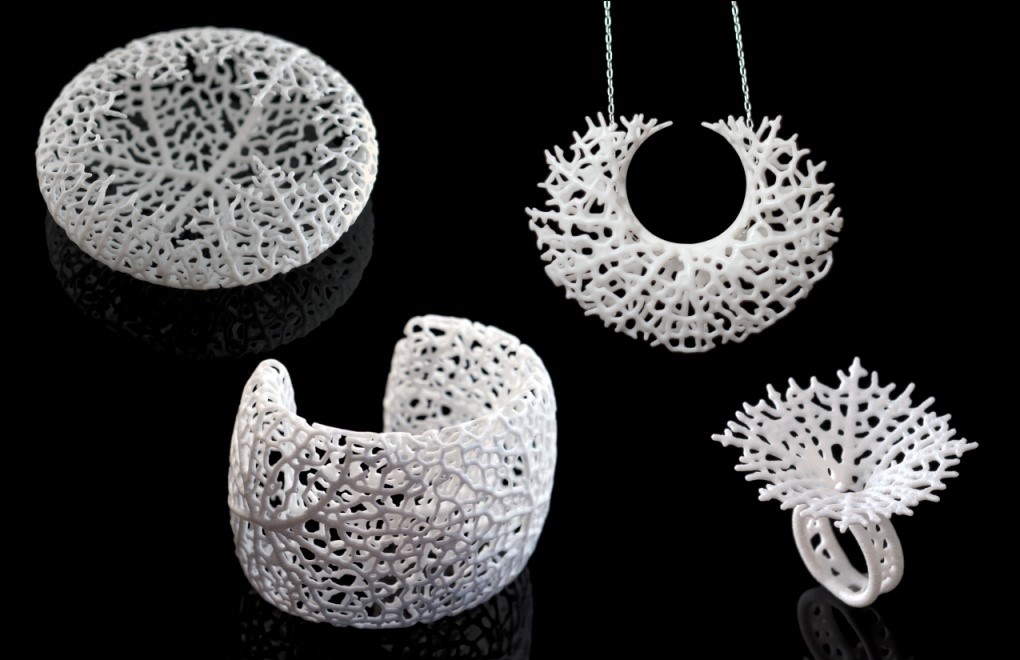 Then molten gold, silver or other metal is poured into the resulting mold. After cooling, finished jewelry is obtained. This approach is optimal when creating piece jewelry or a small batch.
Then molten gold, silver or other metal is poured into the resulting mold. After cooling, finished jewelry is obtained. This approach is optimal when creating piece jewelry or a small batch.
In our company you can order high-quality 3D printing of individual models of jewelry for direct casting.
Printing master models for rubber vulcanization
If a decent series of products is required, then it is more expedient to print master models used for rubber vulcanization. In this case, with the help of a rubber mold, the required number of products will also be created from the burnt-out ashless plastic. This approach allows you to reduce the cost of one product.
The essence of the method is to print a master model, which is placed in a rubber blank. This blank goes through the vulcanization process and a reusable mold is obtained for casting plastic blanks for future jewelry. And the further process is similar to the previous one - a “tree” is built, placed in a special cylinder, the products are burned out without ash in a furnace, and molten metal is poured into the resulting form.


